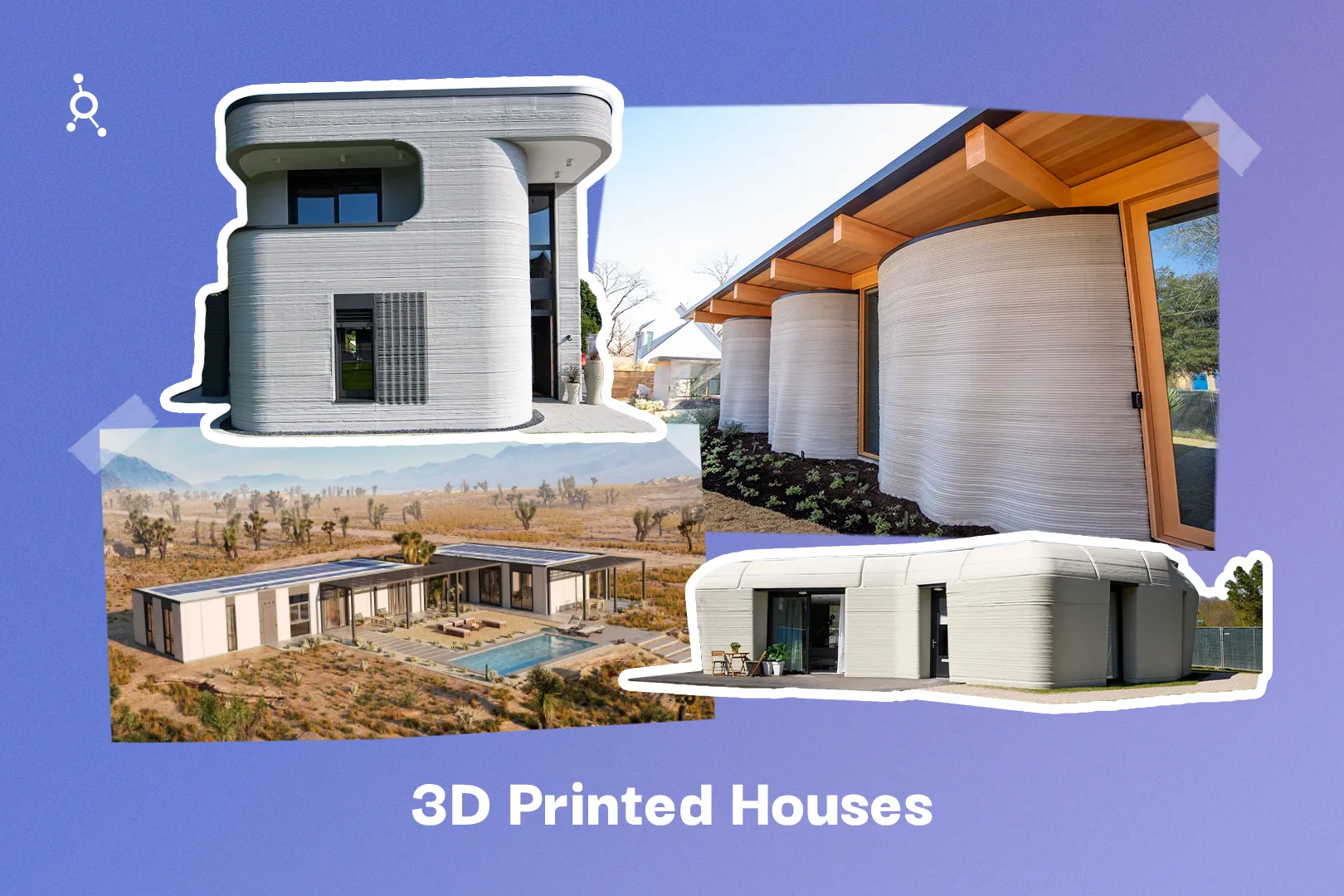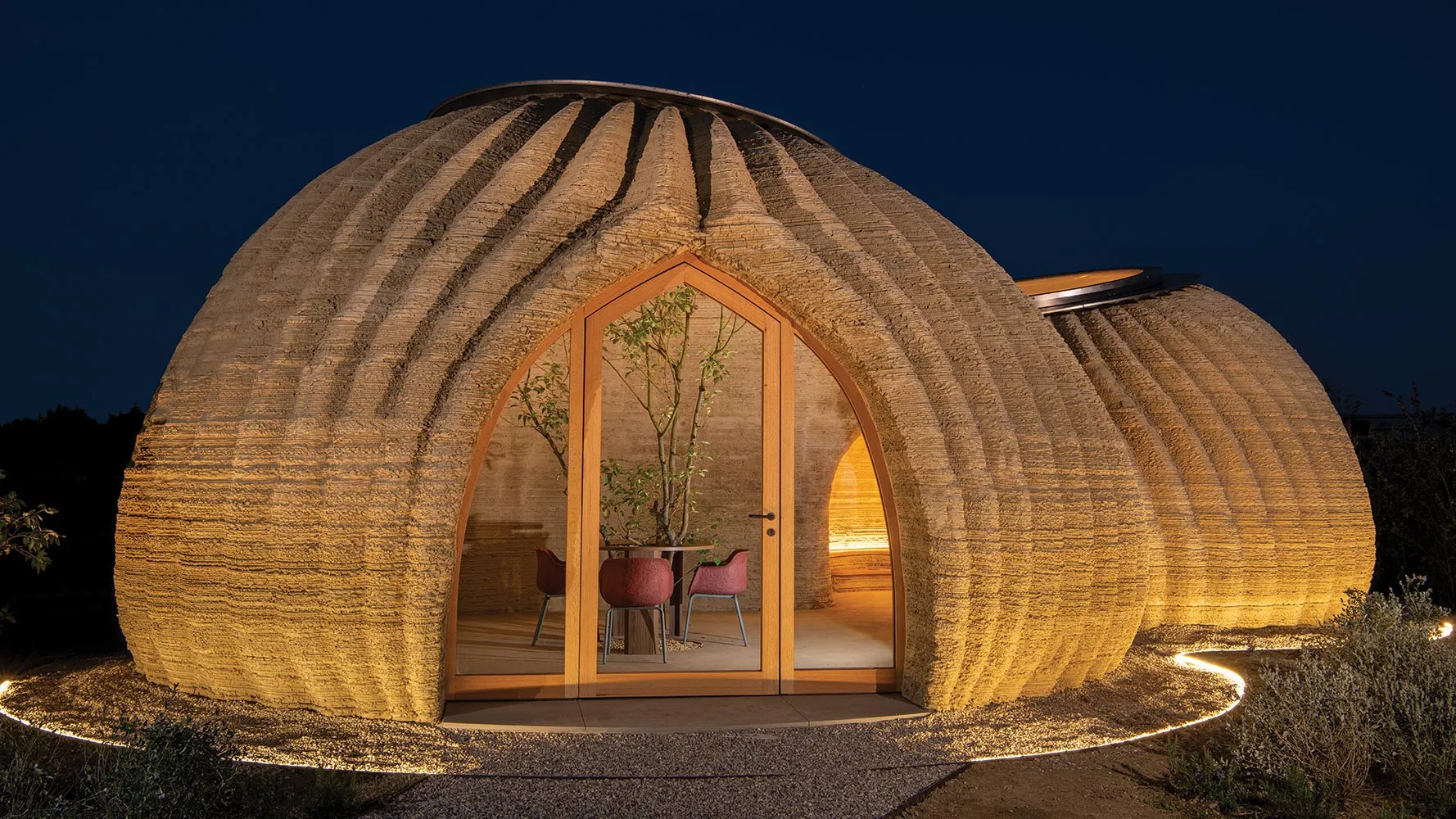3D Printed Houses: Pros, Cons, & Trends
SHARE POST
3D printing technology has made enormous strides in recent years, and one of the most exciting applications of this technology is the production of the 3D printed house.
A 3D printed house is a building constructed using a 3D printer, which extrudes layers of concrete or other materials to create the structure. This technology offers quite a few potential advantages over traditional construction methods. To wit, some of these include:
In this post, we’ll explore some of the pros and cons of 3D printed houses, as well as some of the latest trends in this exciting field. And we’ll do you one better because we’ll explain how to hire the best-of-the-best location-independent experts in 3D architecture.
As you know, outsourcing is a hit-or-miss affair for many companies. But with BetterPros, we’ll help you ensure you have access to top professionals who can help you scale your projects and get stellar results every single time.
Let’s get a move on and explore the exciting world of 3D printed houses!

How 3D Printed Houses Are Changing the Game
The first pro of 3D printed houses is that they’re actually way cheaper! And we’re not talking “a little,” but typically several orders of magnitude cheaper without compromising on quality. This is because 3D printing technology can significantly reduce the amount of labor and materials required for construction. In addition, 3D printed houses can be built more quickly, which can further reduce costs.
Also, 3D printed houses can be built in a fraction of the time it takes to construct a traditional house. This is because 3D printing technology can create entire walls and even buildings in a matter of a few short hours. This can be especially useful in disaster relief scenarios or when there is a sudden need for housing.
Another great perk of 3D printing technology is that it allows for greater flexibility in design. An industrial-quality 3D printer can produce structures that would be impossible to create with traditional construction methods. This can include curved walls, intricate patterns, and all kinds of creative, non-traditional architectural ideas.
And not only that, but 3D printed technology can have a significantly positive environmental impact! For instance, it can significantly reduce the amount of waste generated during construction. In addition, 3D printed houses can be built using sustainable materials, such as recycled concrete or biodegradable plastics.
3D Printed Houses Still Have Major Cons
It’s not all sunshine and rainbows in the world of 3D printing. Here are some ways in which these types of structures still have room for improvement!
For starters, one of the limitations of 3D printed houses is that they are currently stuck with a relatively small range of materials. While concrete is the most commonly used material, some printers can also work with mediums like clay or even food — yum!. However, this still limits the range of designs and finishes that are possible.
Another is that 3D printing technology is still relatively complex, which means that it requires a certain level of expertise to operate. This can make it more difficult for smaller builders or DIY enthusiasts to get involved in the 3D printing house construction. They can try, but it’s hard to do it without real experts.
Also, while 3D printed houses can be cheaper to build overall, the initial costs of purchasing and operating a 3D printer can be quite high. This can make it difficult for some builders or homeowners to justify the investment.
While the cost of 3D printing technology has decreased significantly over the years, the cost of building a 3D printed house can still be higher than traditional construction methods. However, proponents of 3D printed houses argue that the technology can ultimately lead to cost savings in the long run, particularly in terms of labor costs and construction time.
Then, there’s durability to consider as well. 3D printing technology as a whole is still relatively new, so there are some limitations to what can be produced. For example, some architects have raised concerns about the quality and durability of 3D printed structures, as well as the potential for structural failure over time.
Finally, there is still some uncertainty around how 3D printed houses will comply with local building codes and regulations. This can make it difficult to get approval for building permits, and may limit the potential applications for this technology, depending on how much local authorities decide to get with the times — or not.


Trends in 3D Printed Houses
Despite some of the limitations and challenges associated with 3D printed houses, there are some exciting trends emerging in this field. Here are a few examples:
So, when will 3D-printed houses be available? The answer is that they are already here. Several companies around the world have already started building 3D printed houses, including in the United States, China, and Russia. In fact, in 2019, the first 3D printed house in the United States was completed in Austin, Texas.
Cost of 3D Printed Houses
If you’re interested in getting a 3D printed house, there are a few things to consider. First, it’s important to do your research and find a reputable company with experience in 3D printing technology. You’ll also want to consider the location and size of the house, as well as any specific design requirements or features you may want.
So, how much does a 3D printed house cost? The cost of a 3D printed house can vary widely depending on a variety of factors, including the size and design of the house, the materials used, and the location. Some estimates put the cost of a 3D printed house at around $4,000 to $10,000, while others suggest it could be significantly higher. Still, this is several orders of magnitude cheaper than traditional housing!
Where can you buy a 3D printed house? Currently, there are a limited number of companies that offer 3D printed houses for sale. However, as the technology continues to develop and become more widely adopted, it’s likely that we’ll see more options in the future.
3D printed houses represent a promising new development in the housing industry. While there are some challenges to overcome, including concerns about quality and cost, the potential benefits are significant. Homeomeowners can take advantage of this exciting new technology and enjoy a home that is truly unique and innovative.
And, with the help of companies like BetterPros, you can find professionals who can help you design your dream home, or help your company ace all of their 3D printed projects!
Learn more about it by downloading our free ebook!

Summing Up
So, 3D printing technology has paved the way for innovation in the construction industry. With the potential to significantly reduce costs, increase efficiency, and improve sustainability, 3D printed houses are quickly becoming a popular option for homeowners and developers alike. However, as with any emerging technology, there are also potential drawbacks and limitations that must be considered.
As we’ve seen, there are several factors to consider when it comes to 3D printed houses, including the cost, materials used, and the time it takes to complete a project. Additionally, while 3D printing technology has come a long way in recent years, there are still limitations in terms of the size and complexity of structures that can be printed.
In conclusion, 3D printed houses are gaining popularity due to their cost-effectiveness, eco-friendliness, and time-saving benefits. While there are some cons to consider, the trend towards 3D printed houses is growing rapidly, and it’s only a matter of time before they become more widely available.
If you’re interested in exploring 3D printed houses as an option for your architectural project, BetterPros can help. Our outsourcing services connect you with highly qualified architects from around the world who have the education, experience, and skills necessary to tackle your project with precision and efficiency. Our screening process ensures that you only work with the top 3% of global talent, and our professionals have experience working with US-based companies, making the collaboration process seamless.

Contact BetterPros today to learn more about our outsourcing services and how we can help you bring your architectural vision to life.
Hit us up for a free consultation and we’ll help you take your company to the next level!
